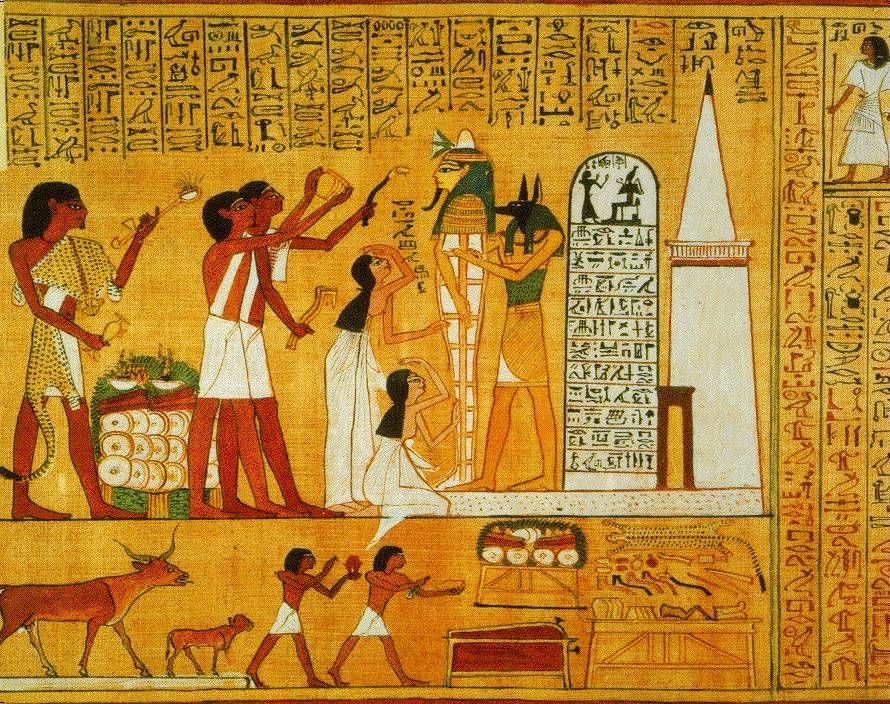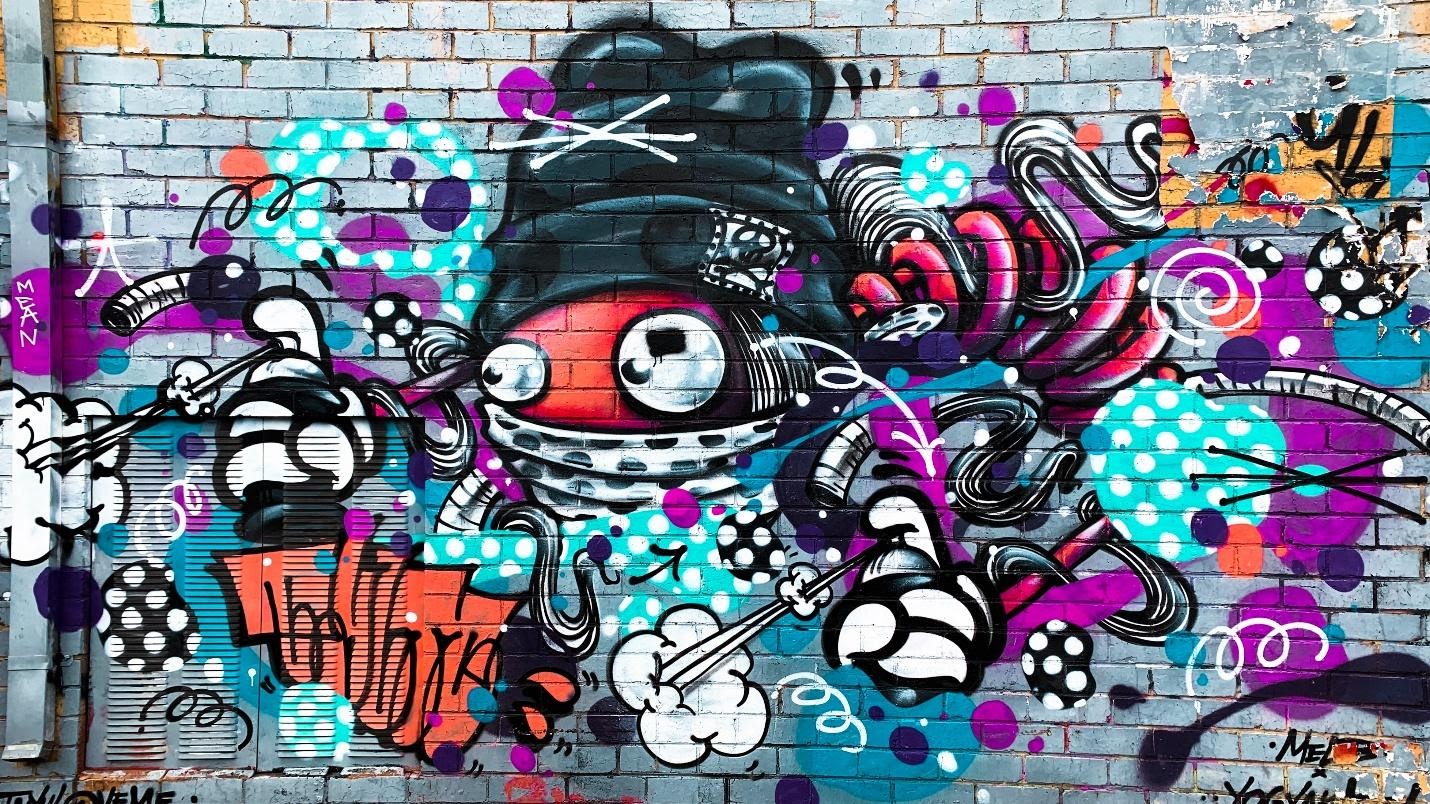Graffiti has since been a regular unconventional element of art in the street world. In the UK and the United States, where it is frequently demonstrated, it has been depicted as a violent & vandalizing act punishable by law. This is because of the walls, properties and buildings being damaged by the stains of oil paint, scribing, zigzag and non-orderly demeaning art illustrations made on them by certain anonymous street artists.
Graffiti involves the creative application of drawings or paintings on surfaces or walls, which could be in public places. It’s mostly done without authorization and therefore considered as illegal and rude in some certain countries. Graffiti most times, has in-depth messages being portrayed in the illustrations drawn by the artist. These messages sometimes fall in between political, egotistical, maniacal, and revolutionary aspects. The artists involved often leave no hints of identification on their art to avoid being tracked down, caught, or apprehended by law agencies.
Graffiti art dates to ancient times when the cavemen existed. Certain inscriptions and drawings were found on the walls of some caves. The illustrations were more like a hand down of stories and tales of how the world civilization was back then. More ancient graffiti were also found in old Egyptian palaces and tombs. It was also traced down to Ancient Greece and Rome, where various art expressions were inscribed on the walls of their ruins. It is clearly observable through history, that man had first sought art and drawings on walls as a premium way of transmitting information before writing became part of civilization. Over the years, as the world began to change and modernization emerged, these inscriptions, haphazard writings, and drawings on the wall evolved into what we term today as graffiti art.

The popular art form has been employed by various cultures as a way of promoting agendas, political protests, societal messages, sometimes even violence as gangsters and cultists began to use it as territory markers and fearful communication with their opponents or with the innocent residents of the designated area. Graffiti has also been used as a social weapon for racial wars. Even the music cultures such as Hip-Hop, Rock, etc. made it into a popular and recognized style in their concerts and music videos. It’s safe to say that even though graffiti is considered as illegal and offensive, certain cultures and graffiti artists have explored and used it to convey rather informative and enlightening messages instead.
The question now is whether graffiti is a channel through which introverted artists comfortably express themselves and still get the recognition and appreciation that other mainstream popular artists get or maybe it is a bold front, where artists get to clearly display their mind in its rawness and explicitness on thriving matters that need attention?
It remains a debate though, whether graffiti should be considered as an illegal, demeaning, disrespectful and offensive act or as a demonstration of the restricted freewill of its creators.















